Tags:
#woodfiring #naturalfiring #teachingpottery #learnpottery #nortcarolinapotters
1 Comment
Antoinette Badenhorst and David Voorhees, both professional potters and teachers at TeachinArt show how to make plaster wheel bats for the pottery wheel. This demonstration was presented during the recording of David's e-course Porcelain Tips For Wheel Pottery at the studio of Antoinette in Saltillo Mississippi.
Mima Boskov from South Africa plaster bats
Mima Boskov is a South African potter who completed the Understanding Porcelain e-course of Antoinette Badenhorst at Teachinart.
She learned in the online workshop how to make a plaster bat for her pottery wheel and then she decided to create her own version of the plaster bat. That is why TeachinArt is a platform for Artists who teach Artists. Mima is a typical example of one of the success stories of online teaching. Here is Mima's explanation in her own words. I took up pottery a few years ago, in an attempt to discover my Creative Self, liberate the Inner Child, find the Artist Within - ah, you've heard it all before: mid-life crisis and how to solve it... I've been wedging, throwing, despairing, buying books, Googling and reading articles with genuine passion ever since. I'm still waiting for the Artist, but I've revealed a determined Artisan Within, and sure have hatched an Inner Gyro Gearloose (for the younger among us, that's the whacky inventor from Donald Duck cartoons). The hatchling grew out of my frustration with relatively poor choice of pottery tools in South Africa: no Mudtools, no Griffin Grip, no Strongarm centering tool, no plaster bat mold systems... So many tempting goodies that one can glimpse on internet pages, but can't source locally. Ordering online involves shipping and import duties, and the price becomes extravagant. There is an Afrikaans saying in my country: "'n Boer maak 'n plan". It literally means "the farmer makes a plan", but is used when lateral thinking helps one find a novel and ingenious way of surmounting an obstacle. I realized that being the Boer with 'n plan and making my own pottery tools gives me almost as much pleasure and sense of achievement as making pots. We needed plaster bats for the Understanding Porcelain course. I had been trying to develop a plaster bat system for my wheel for a while, and a detail from Antoinette's drawing made everything click together.
Mima Boskov is a South African potter who completed the Understanding Porcelain e-course of Antoinette Badenhorst at Teachinart.
She learned in the online workshop how to make a plaster bat for her pottery wheel and then she decided to create her own version of the plaster bat. That is why TeachinArt is a platform for Artists who teach Artists. Mima is a typical example of one of the success stories of online teaching. Here is Mima's explanation in her own words. I took up pottery a few years ago, in an attempt to discover my Creative Self, liberate the Inner Child, find the Artist Within - ah, you've heard it all before: mid-life crisis and how to solve it... I've been wedging, throwing, despairing, buying books, Googling and reading articles with genuine passion ever since. I'm still waiting for the Artist, but I've revealed a determined Artisan Within, and sure have hatched an Inner Gyro Gearloose (for the younger among us, that's the whacky inventor from Donald Duck cartoons). The hatchling grew out of my frustration with relatively poor choice of pottery tools in South Africa: no Mudtools, no Griffin Grip, no Strongarm centering tool, no plaster bat mold systems... So many tempting goodies that one can glimpse on internet pages, but can't source locally. Ordering online involves shipping and import duties, and the price becomes extravagant. There is an Afrikaans saying in my country: 'n Boer maak 'n plan. It literally means "the farmer makes a plan", but is used when lateral thinking helps one find a novel and ingenious way of surmounting an obstacle. I realized that being the Boer with 'n plan and making my own pottery tools gives me almost as much pleasure and sense of achievement as making pots. We needed plaster bats for the Understanding Porcelain course. I had been trying to develop a plaster bat system for my wheel for a while, and a detail from Antoinette's drawing made everything click together.
In another half hour, plaster can be taken off the plastic bat, using a thin spatula. After removing the dowels, the rubber grommets stay safely embedded in the underside of the bat, so the whole thing can be attached to the wheel head pins, and reused many times without damaging the plaster. A thin rubber mat on the wheel head helps secure the bat
Tags:
#potterywheel #wheelthrowing #wheelbats #teachinart #teachingpottery #ceramicschool #teachingpottery
Bob Rundquist is a woodworking artist from Saltillo in Mississippi who presents an online workshop (Introduction to segmenting) where he demonstrates how to do closed segmenting. This segmenting class is for beginners, but seasoned woodworkers may get several handy tips from this virtual class.
Tags:
#cuttingwood #woodsegments #segmenting #woodworkers #woodworking #woodworkingtips #safecutting
Antoinette Badenhorst explains with kitchen ingredients what happens in the pottery kiln with the ceramic glazes that potters use on their ceramic items. Colors that you normally see on the pot before it is fired is not necessarily the color that you will see when the pot is fired.
Links:
Demonstrations, tips & techniques for ceramic artists E-courses at TeachinArt Glazing made easy e-course with Antoinette Shino glazing with Connie Christensen Our Art Instructors
Tags:
#potteryglazes #ceramicglazes #glazingpottery #understandglazes #ceramicschool #teachinArt
What triggered the creation of the school?In 2013 Koos and Antoinette moved back from Chicago to Saltillo Mississippi, the first place they called home after moving to the United States in 1999. They looked at each other one day while still in Chicago, asking themselves what is the most important thing that Americans may need. They came to the conclusion that 3-dimentional (critical) thinking is in a serious decline. In a world in which Walmart and Home Depot with ready made products rule, it becomes harder to think creatively. They decided to explore online teaching of the arts. When they started with the idea of creating an online class, they did not know where to begin and did not know if it may work; clay is such a tactile activity. What is the objective of teaching an online school?The couple wanted a platform where students can learn at their own place and their own time from a computer of their choice, while having direct access to the instructor for expert answers to student questions. They wanted to offer non-credit classes, with the content and substance of a college curriculum.
How are classes presented to the students?The classes are presented as videos that are supplemented with reviews, sketches and images. Questions from students are answered by the teachers and shared with all the students. Each week of an e-course represents about one day of a traditional hands-on workshop. They recommend students to follow all the steps and projects of the instructions and to create the projects in the convenience of their own workplace at their own pace. Students can choose to do the projects or just follow the demonstrations. During the recordings of the classes, instructors and videographer pay special attention to details. Students can see hand positions and actions close-up and from all angles. TeachinArt online classes differ from YouTube videos and DVD’s because students have direct access to the teachers for the duration of the workshop. Students can ask questions about any part of the videos, in the same way they would in a regular workshop. Students may present images of their work or share personal problems regarding the work for commentary to the instructor. All students have the opportunity to mingle with other students while the class is running and have access to the group for as long as they choose. Antoinette said "We are still in our infant shoes, with so much to learn, but this way of distant learning benefit students who work full time or who cannot attend a traditional workshop for some or other reason." There is a gap of education between college trained artists and hobby artists. Therefor TeachinArt pay painless attention to creating quality courses for students who are interested in expanding their knowledge and expertise in the visual arts, without having to work through an extensive college curriculum. With the first 2 years behind, 2017 is the first year that the school started overlapping classes in an effort to offer continuity in the programs. If everything works out according to the plan, they will produce between 6-10 new classes this year and hope to start adding jewelers, painting artists, sculptors and other fine arts and crafts in the near future. Tags:
#teachinart #marciaselsor #Antoinettebadenhorst #davidvoorhees #conniechristensen #teachingpottery #ceramicartists #USApotters #Mississippiartists
One of TeachinArt online teachers, Antoinette Badenhorst presented a hands-on workshop at the Pottery Studio in Bryanston South Africa where she demonstrated the carving and altering process of porcelain.
She calls porcelain the "Diva of clay" and tells her students that they have to understand the character of the clay to really push it to it's limits.
Links:
Understanding porcelain e-course with Antoinette Badenhorst Porcelain handbuilding online workshop with Antoinette Badenhorst E-courses (online classes) at TeachinArt Demonstrations, tips and techniques Preview e-courses
Tags:
#teachinart #wheelthrowing #teachingartist #carvingporcelain #alteringporcelain #porcelainplatter #divaofclay #ceramicschool #clayshares |
AuthorTeachinArt is an online art school with professional artists as instructors who educate, enridge and promote art. Categories
All
|
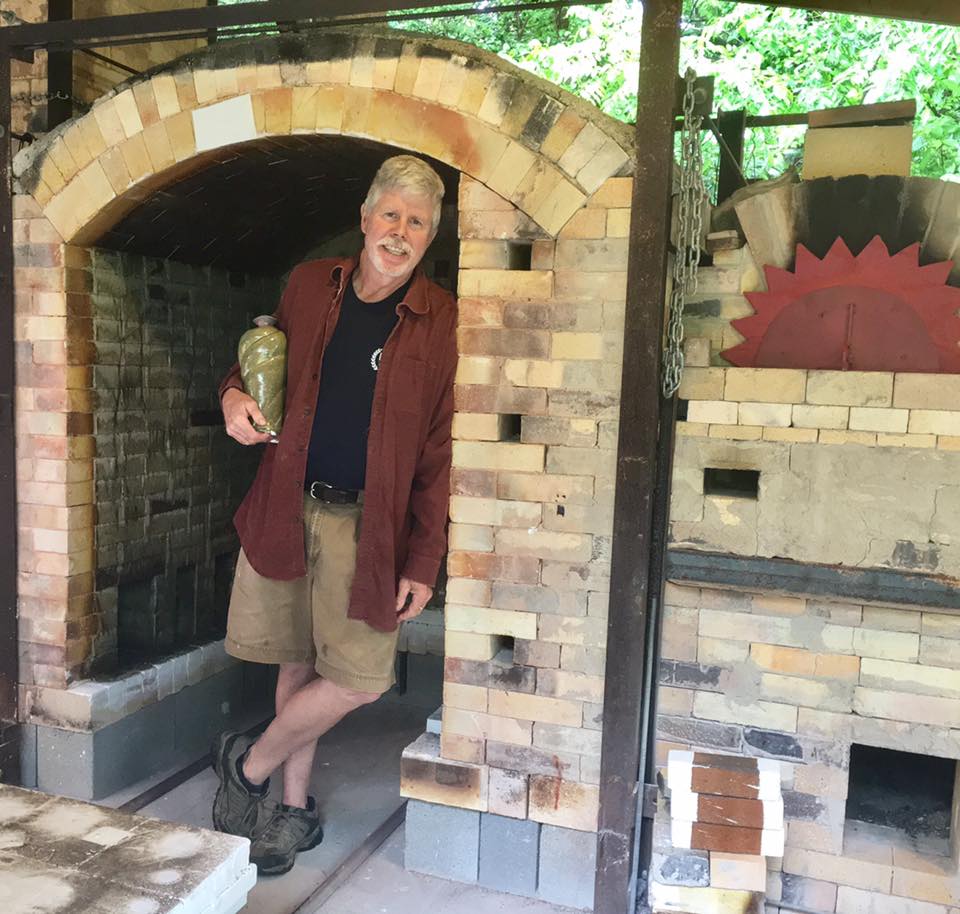


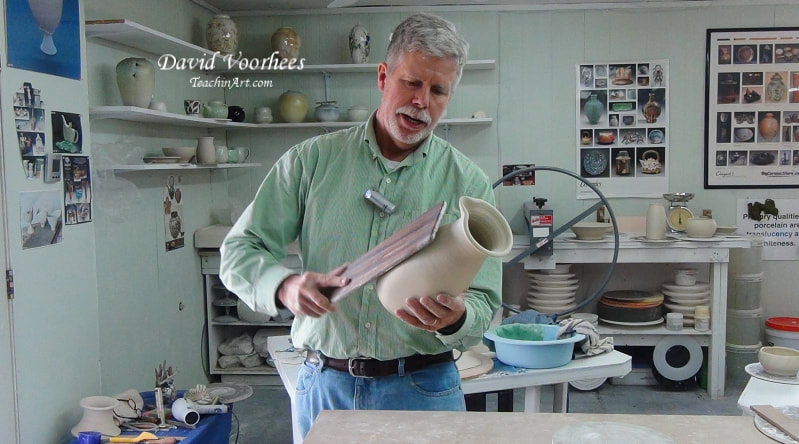

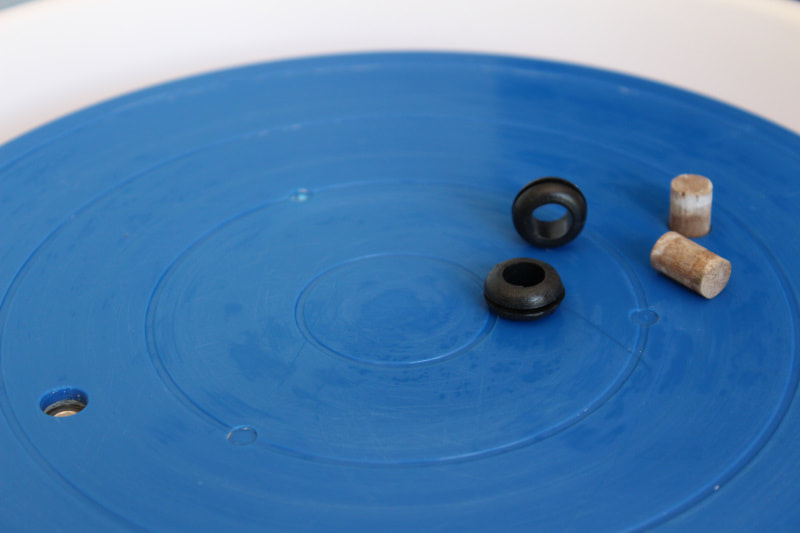

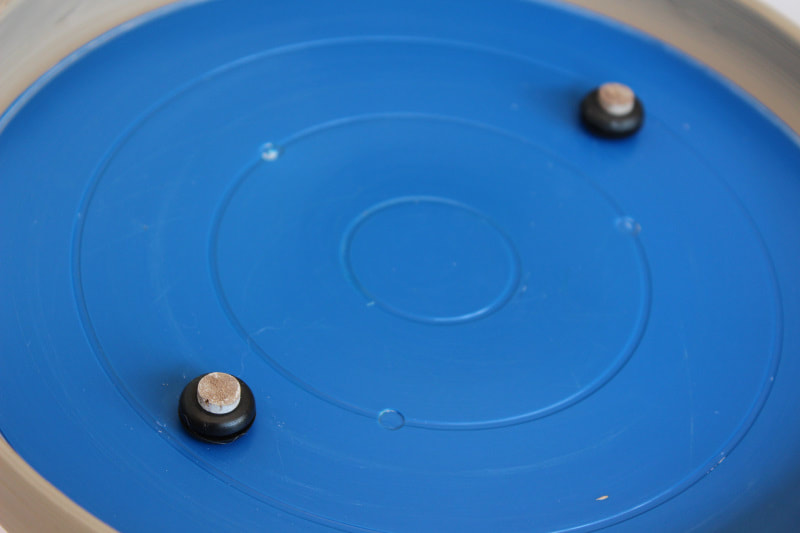


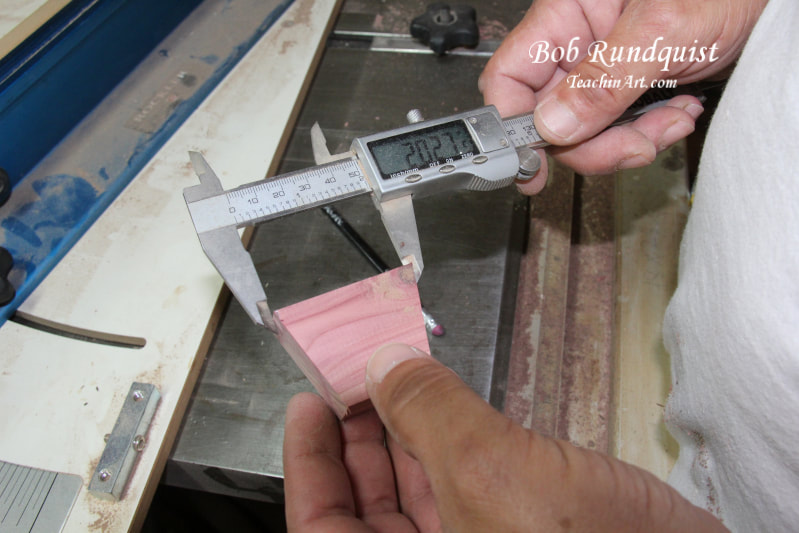
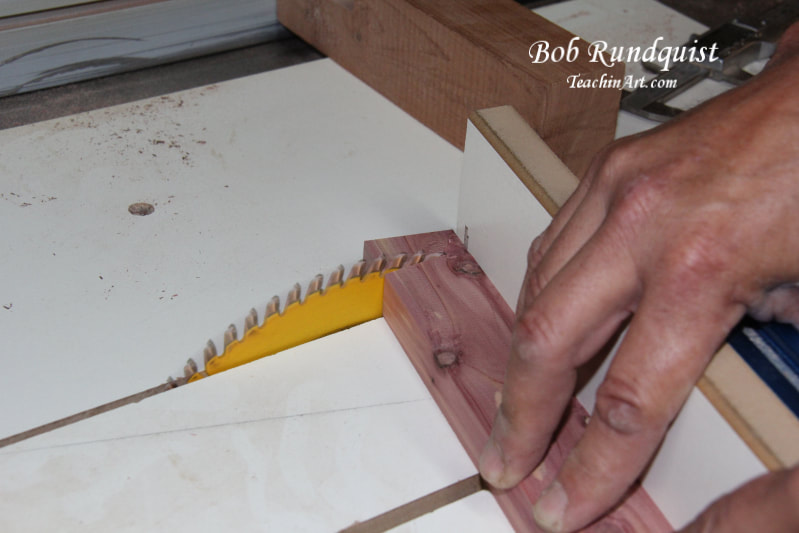
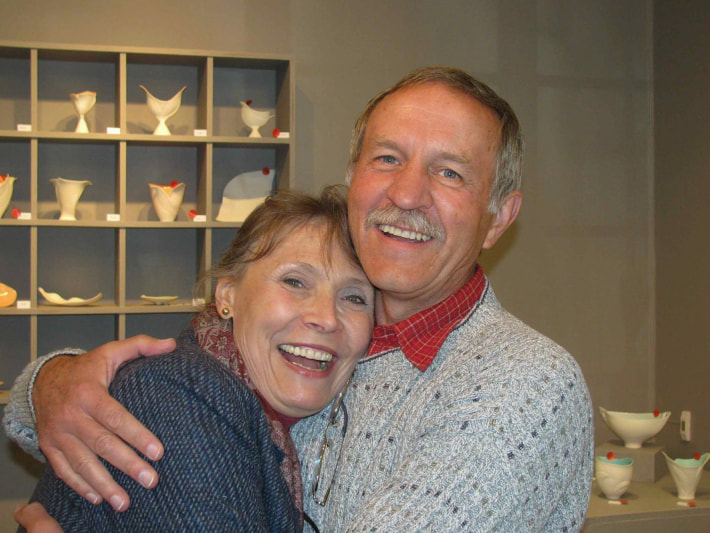
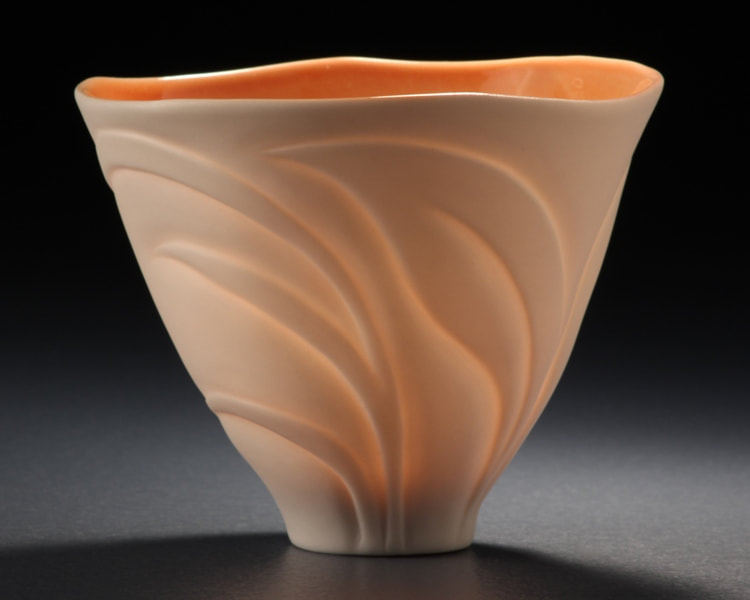
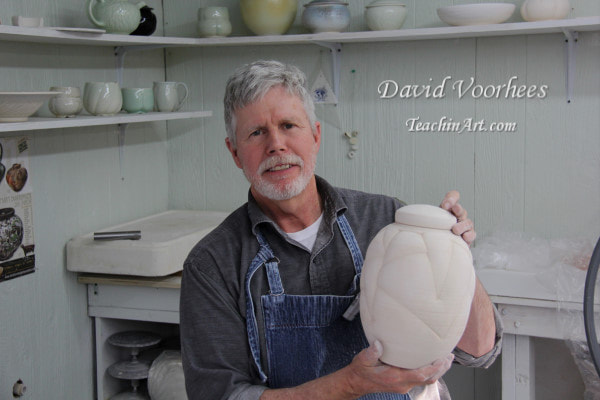
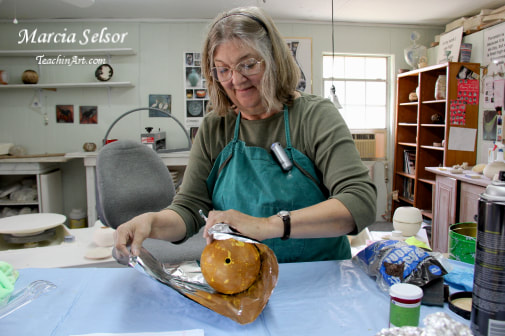


 RSS Feed
RSS Feed